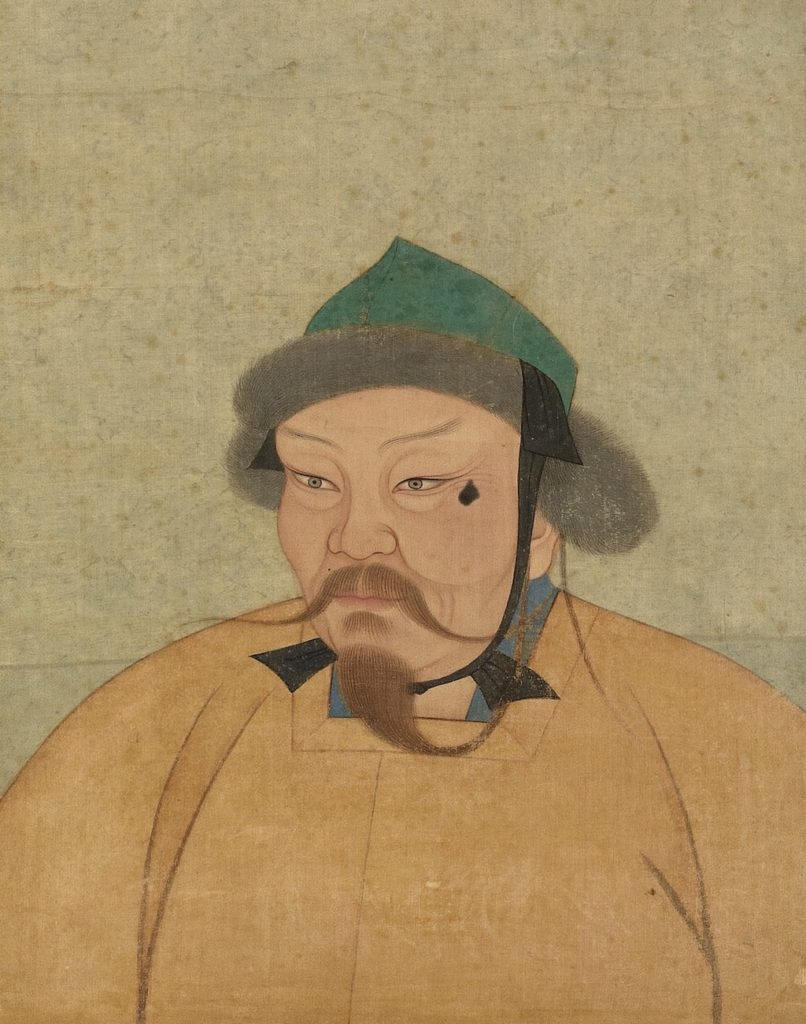#78 Xing Yi (part 14) The Confucians Strike Back

In the middle to late part of the Yuan Dynasty the former Confucian ruling class came back with a vengeance and started a downward spiral that would ultimately lead to the fall of the dynasty. In this episode we examine how and why this happened, which will set the context for the important events at the end of the dynasty in the next episode.





